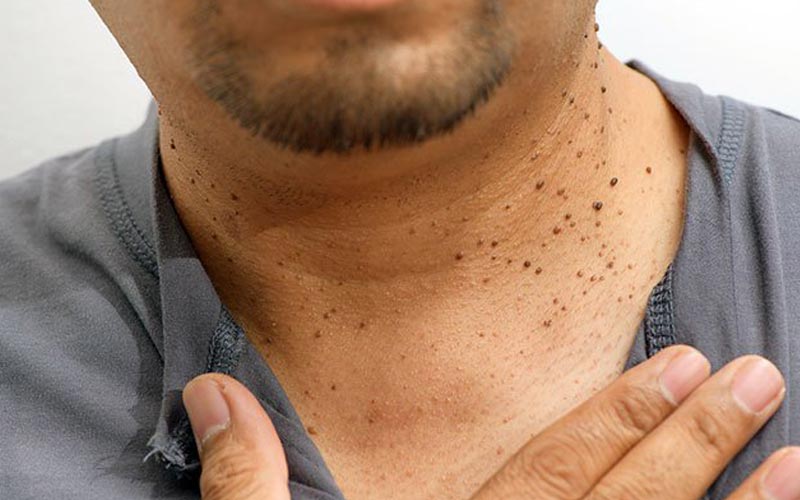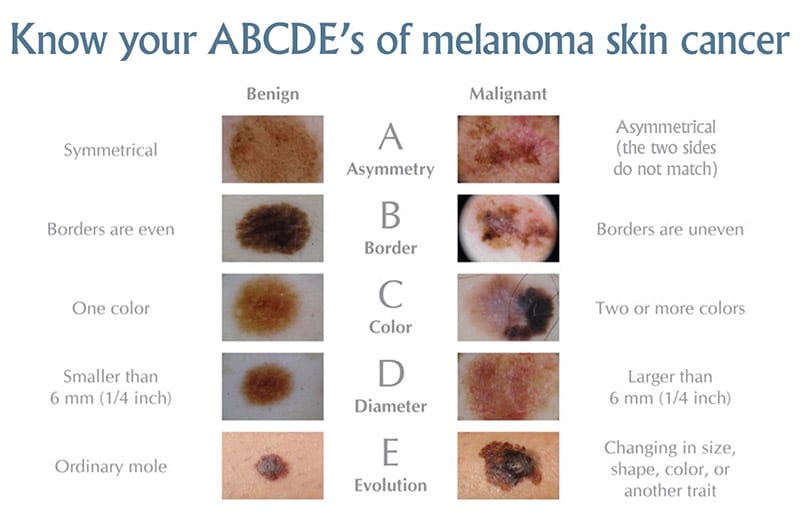

Baron may use a scalpel to remove raised moles or surgical scissors to snip off tag-like moles or skin tags. LASER or Broadband Light (BBL)įreckles and flat sun spots can be successfully lightened and/or removed safely and completely with BBL treatment. This treatment is used often in locations or skin types that may not tolerate freezing (see below). The heat from the spark seals off any bleeding during this procedure.

“Burning” or Fine Needle HyfrecationĪ specialized instrument that delivers a spark of electricity to the most superficial layers of the skin is used to effectively remove small tags and keratoses. Also, the dermatologist will almost always confirm with the pathology lab that a mole was non-cancerous by submitting it as a biopsy. The best removal options depend on the size, location, and depth of the growth. These growths can be removed by your dermatologist in the office. Removing moles, freckles, skin tags, and keratoses The pre-cancerous keratoses are almost always located in sun-exposed skin, like the scalp, ears, face, hands and arms. They also tend to get irritated easily and can be very itchy, especially around the chest, neck and back. They are so superficial, they may seem like they can be easily scratched off. Keratoses are usually rough like sandpaper or waxy in texture. Skin tags are not cancerous, but some growths that appear to be tags or moles may actually be early skin cancers. Some moles can look tag-like, so it is not advisable to try to snip or twist off any growth of the skin without visiting your dermatologist to assess first. Skin tags often look like a soft “pouch” of skin that is attached by a fine “stalk.” Because of this, they can twist and turn black and fall off, or they can be torn off and bleed. Your dermatologist can perform a biopsy right away if there is any suspicion for skin cancer.
#Cancerous skin tags pictures full
For that reason, it is very important to get a full skin examination by a dermatologist if you have moles, there is skin cancer or melanoma in your family, or you’ve noticed some of your moles changing color, size or shape faster than others. melanoma), but, it is not unusual for actual skin cancers to look very similar to a regular mole when it first appears on your skin. It is very rare that a mole turns into a skin cancer (i.e. Also, freckles tend to be on the face, shoulders, chest, and arms, and sometimes disappear with age. True freckles are different from moles in many ways, but the most noticeable is that freckles are usually lighter tan or brown and are always flat. While there are exceptions, having a lot of moles is usually inherited and most people stop getting new moles after the age of 30. Some people have very few moles and some have more than 50. Your baseline skin color is the result of pigment production and distribution to your skin by specialized “melanocytes.” The melanin pigment is normally spread evenly in your skin, but with moles, they group together in round or oval shapes, sometimes flat and sometimes raised like mounds above the skin. The differences between moles, freckles, skin tags and keratoses You will reduce the chances of bleeding, infection, recurrence and scarring by allowing Dr.
#Cancerous skin tags pictures professional
If tags, moles or keratoses get in the way, snag on your clothes or jewelry, or you are otherwise unhappy with their appearance, they can be removed safely by a professional dermatologist like Jennifer Baron, MD, FAAD, FACMS in San Jose. The most common areas for skin tags include:

Skin tags (“acrochordons”) are usually small, but can grow steadily and tend to occur in skin folds. Some keratoses are caused by sun damage and they are considered pre-cancers. Keratoses are usually very superficial with no underlying “roots,” almost like warts. Moles, or “nevi,” can also have many shapes and sizes, and can appear almost anywhere on the body, including palms and soles, scalp, face and genital areas. Tags and most keratoses, however, are made up of the more common skin cell types. Moles are well-organized collections of skin cells that are specialized in making the melanin pigment that protects skin from the harmful ultraviolet effects of the sun.

All three can range in color from tan to brown/black, gray to pink, or match your skin color exactly. It is not always easy to tell apart skin tags, moles, and keratoses (“barnacles”).


 0 kommentar(er)
0 kommentar(er)
